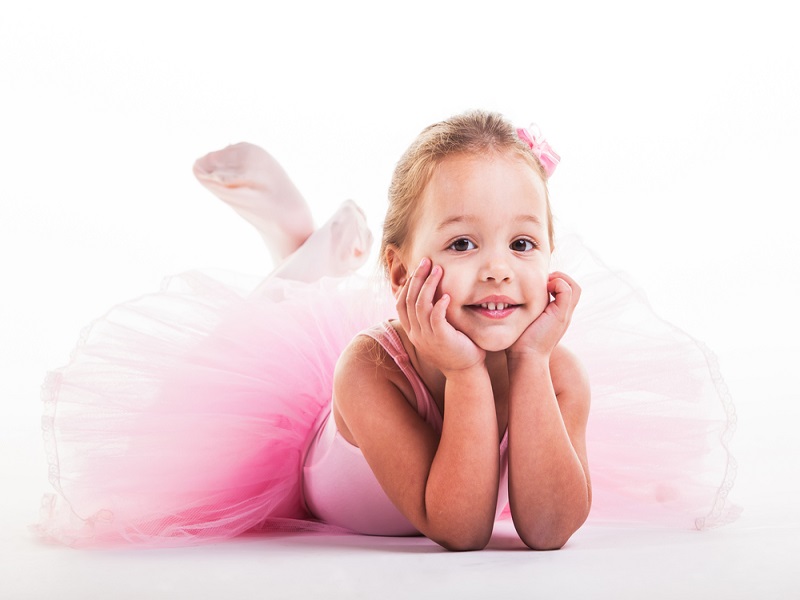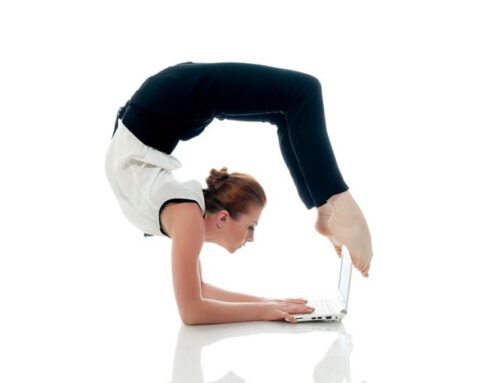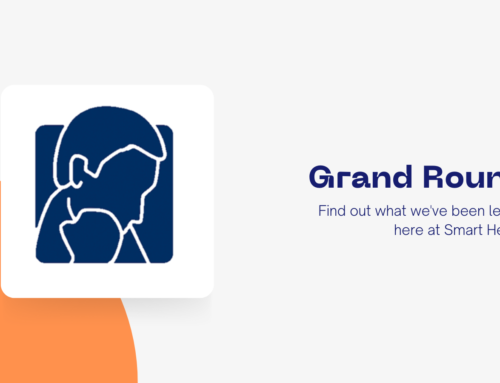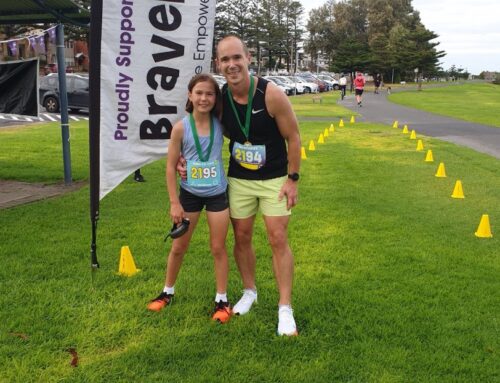As a Mum of two dancing daughters and a Physiotherapist who has devoted my career to the world of dance I frequently get asked the question, is my child ready to go ‘en pointe’.
Every little ballet girls dream is to get their first pair of Pointe Shoes. Those beautiful pink satin shoes that allows them to stand up onto the tips of their toes, looking like a real ballerina. We do read the stories of Anna Pavlova, a famous dancer of the past starting her “toe work: at the age of 6 and perhaps the strict fulltime schools on Russia start their girls en Pointe at the age of 9 years old, but when really should we start? Is it normal? Will it damage my daughter’s foot? We have seen the photos on Social Media!
The human foot is able to stand up en Pointe as long as it has the correct structure, a properly fitted shoe and most importantly, the correct technique being taught. The child does stand up on the very tip of her big toes, but this is supported by a specifically designed shoe with a hard toes section (vamp) and a string reinforced sole of the shoe (back).
The growth plates of the surface of the bones of the ankle and deep foot do not close over and become mature until the child is 11- 11 ½ years old. I prefer the child to not begin Pointe work prior to this just on case any damage occurs at the growth plate. This coincides with the syllabus of many different dance styles, where they are not expected to go onto Pointe until a certain grade.
When assessing the readiness for Pointe work, I will look at the boney structure of the foot, the flexibility of the big toe knuckle in order to determine whether the child can safely rise onto ¾ pointe. We need to check the turn out available at the hip joint, the ability of the muscles to sequence correctly to achieve turn out through barre and centre work and especially during the dynamics of allegro. I will assess the child’s core stability to ensure age appropriate, the alignment of the hips, knees, ankles and foot. Stability in the pelvis, the hips and knees and especially the ankle joints. When rising onto Pointe, the boney structure of the foot and ankle allows the child to rise so far, but to complete the movement, there is a pull of through the muscles of the torso, core and legs to “lift” the body up and onto the toe, rather than that poor big toe pushing the entire body weight up.
As part of a Pointe work assessment, I will provide a written report to the teacher and parent. I will outline any areas to work on and provide a simple scenario of exercises for your daughter to do at home to supplement the work she is doing at the studio. We discuss the design of a pointe shoe and the techniques required to rise up onto Pointe, how and why. It is important for your daughter to understand the specifics, and I explain to them in a simple and clear manner for all to comprehend.
For those girls who are intending to start their Pointe work journey in a year, I conduct Pre Pointe Assessments and set them on a preparatory strengthening program in preparation for their final assessment.
Being a dancer in the past myself, working as a dance Physio and now also a dance mum, I deeply understand all of the questions, queries and concerns of the beautiful pointe work and am here to help your child through this journey.
<style=”color:#e3701d;>Jen Guest is a Physiotherapist and Senior Pilates Practitioner at Smart Health Training & Services who holds a strong belief in working with junior dancers through their developmental years to achieve maximum potential.





